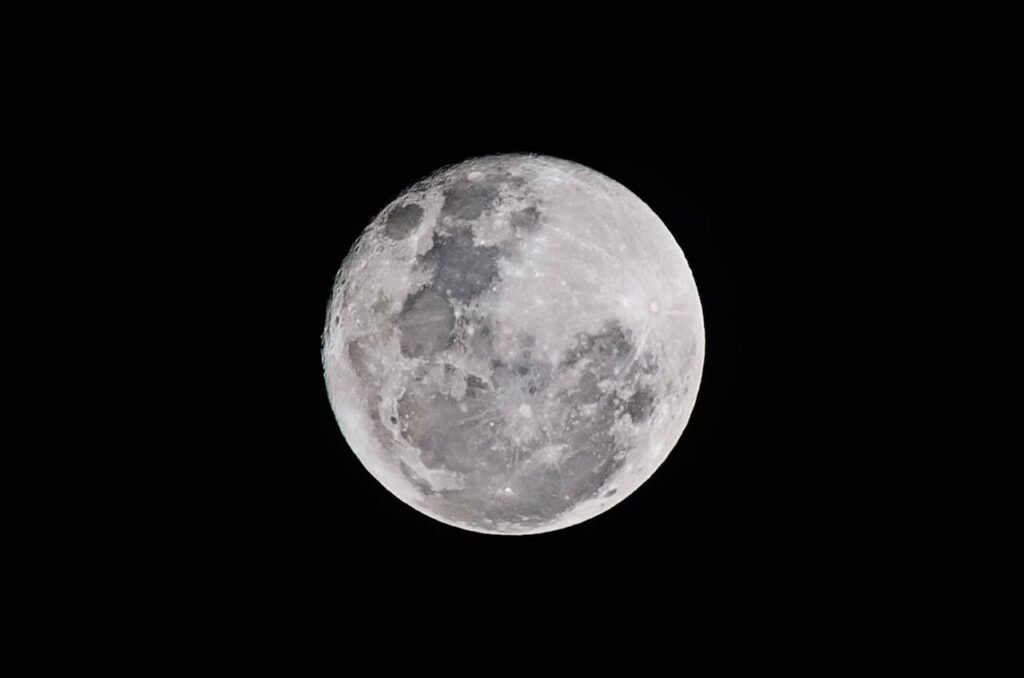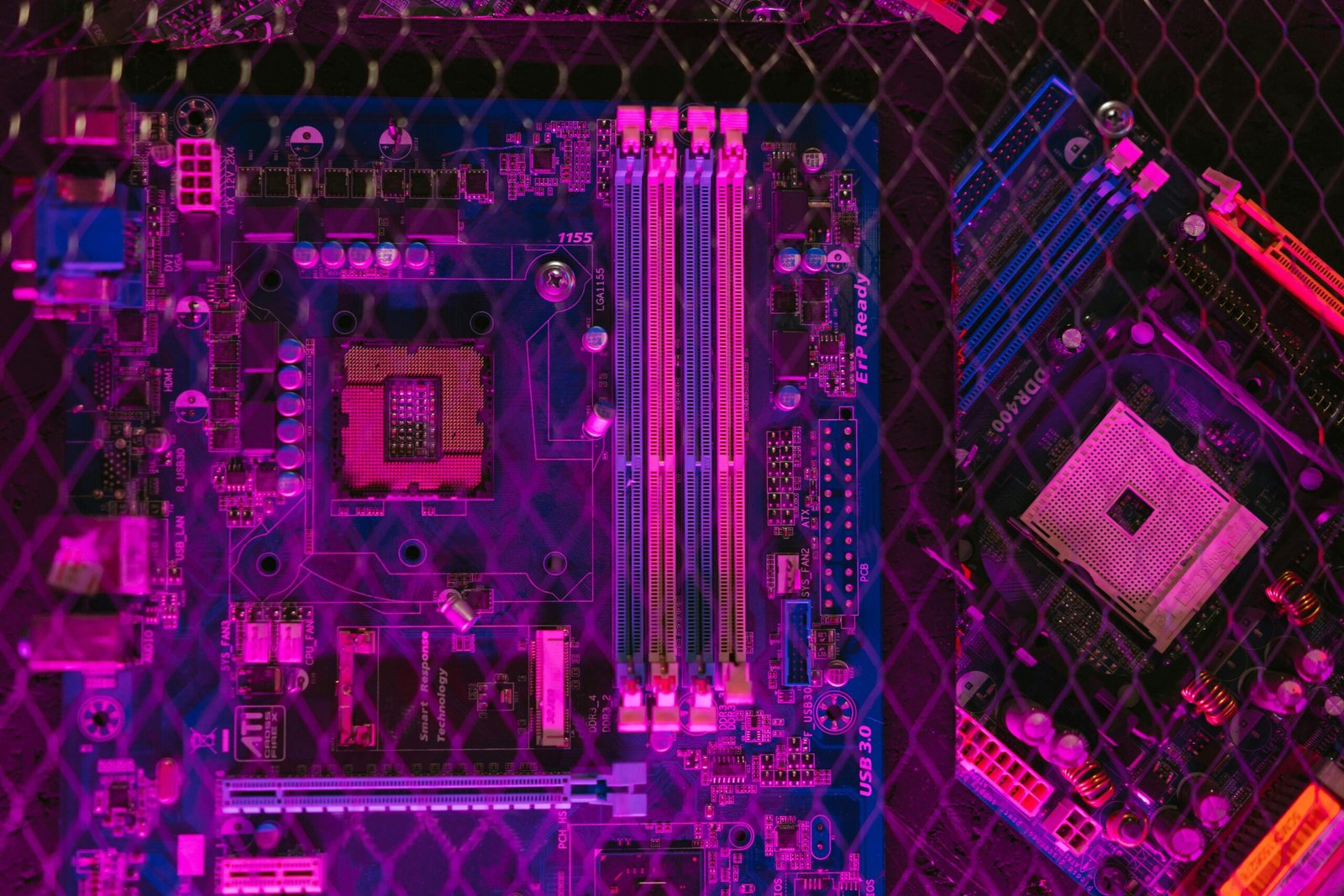Japan’s SLIM Moon Mission Ends, Achievements Celebrated

- Japan’s Aerospace Exploration Agency (JAXA) has ended its moon lander operation, the Smart Lander for Investigating Moon (SLIM).
- Despite landing at an angle, SLIM carried out scientific observations and transmitted data for longer than expected.
- SLIM’s mission was to examine a part of the moon’s mantle, shedding light on the origins of the Moon and Earth.
- The termination of SLIM marks a new era in lunar exploration, with the data gathered providing invaluable insights for future missions.
In a significant development in the field of space exploration, Japan’s Aerospace Exploration Agency (JAXA) announced the termination of its moon lander operation, the Smart Lander for Investigating Moon (SLIM), on Monday. The decision came after the agency lost communication with the unmanned spacecraft last week, following three frigid lunar nights, equivalent to six cold weeks on Earth. SLIM, also known as the Moon Sniper for its landing precision, had successfully touched down on the lunar surface eight months ago, in January 2024. This achievement marked Japan as the fifth nation to accomplish a soft lunar landing, joining an elite group of countries that have made significant strides in lunar exploration.
SLIM’s Landing and Unexpected Resilience
However, the touchdown was not without its challenges. The unmanned lander landed at an angle that left its solar panels facing the wrong way. Despite this setback, as the sun’s angle shifted, the lander came back to life for two days and carried out scientific observations of a crater with a high-spec camera. This resilience was a testament to the robustness of the SLIM’s design and its ability to adapt to unforeseen circumstances. The SLIM was not designed to withstand the freezing, two-week-long lunar nights, where temperatures can plunge to minus 133 degrees Celsius. Yet, it woke up for a third time in April, defying expectations and continuing to transmit information on its status and the surrounding environment for a much longer period than anticipated.
SLIM’s Mission and Achievements
The spacecraft carried two probes, one with a transmitter and a mini-rover that moved like a turtle around the lunar surface, beaming images back to Earth. The SLIM’s mission was to examine a part of the moon’s mantle, the usually deep inner layer beneath its crust, believed to be accessible at the crater where it landed. This mission aimed to shed light on the origins of the Moon and the Earth and the mystery of the Moon’s possible water resources, which will be key to building bases there one day as possible stopovers on the way to Mars. Despite the loss of communication, JAXA’s SLIM operation has been a significant achievement in lunar exploration. The operation’s longevity, far exceeding initial expectations, and the wealth of data transmitted back to Earth, have provided invaluable insights into the lunar environment and the potential for future manned and unmanned missions.
In conclusion, while the termination of the SLIM operation marks the end of a chapter in Japan’s lunar exploration, it also signifies the beginning of a new era informed by the lessons learned and the data gathered from this mission. The knowledge gained from this operation will undoubtedly contribute to the future of lunar exploration, not just for Japan, but for the global scientific community. The resilience of the SLIM, its ability to function beyond its design specifications, and the wealth of data it transmitted back to Earth, even in the face of adversity, are all significant achievements that will guide future lunar exploration missions.













Post Comment